122 mm howitzer M-30 (52-G-463)
The 122-millimeter M-30 as a whole has a classical construction: a reliable, durable two-sided carriage, a shield having a raised central sheet that is rigidly fixed, and a barrel without a muzzle brake of 23 length. The gun was equipped with the same gun as the X-NUMX mm howitzer D-152 (M1). Wheels with a large diameter are equipped with solid ramps, to fill in which sponge rubber was used, but the Bulgarian modification M-1943 has wheels of excellent design. Each implement has two types of coulters - for hard and soft soil.
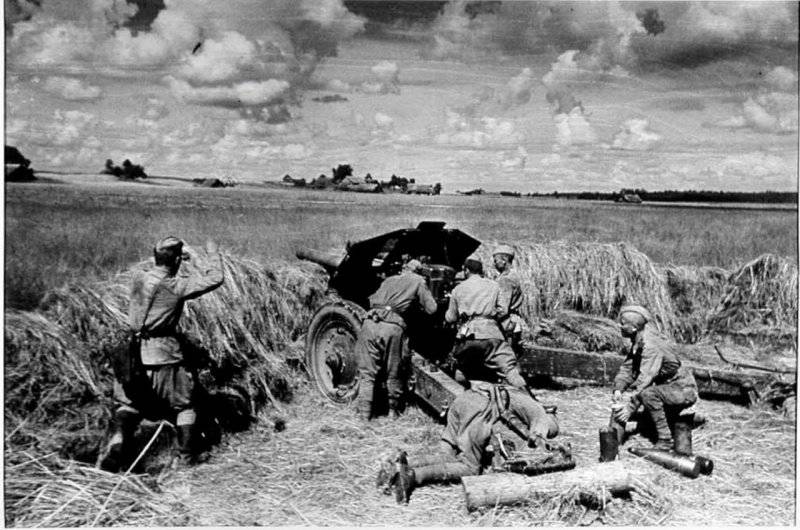
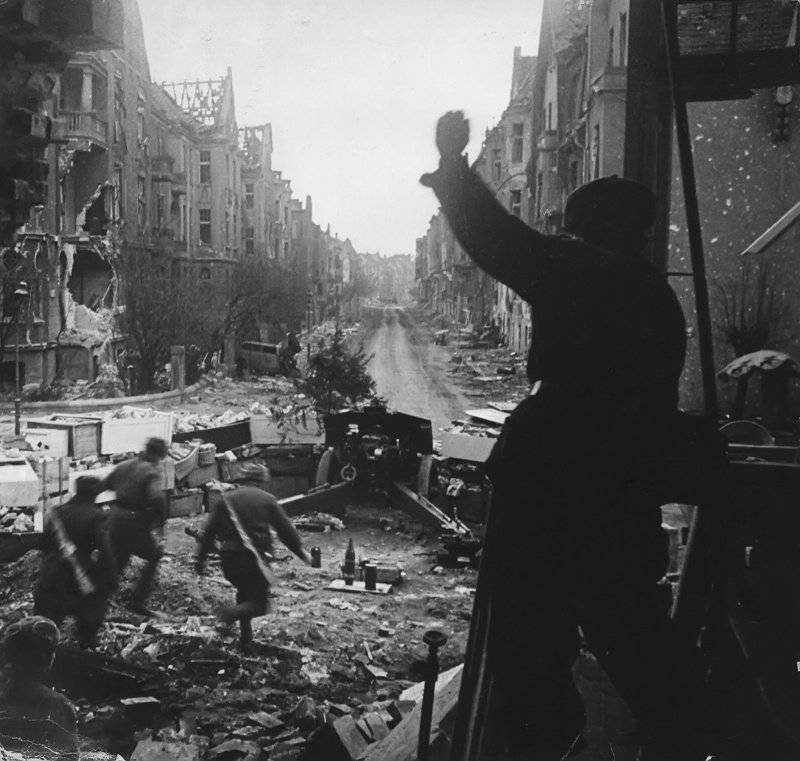
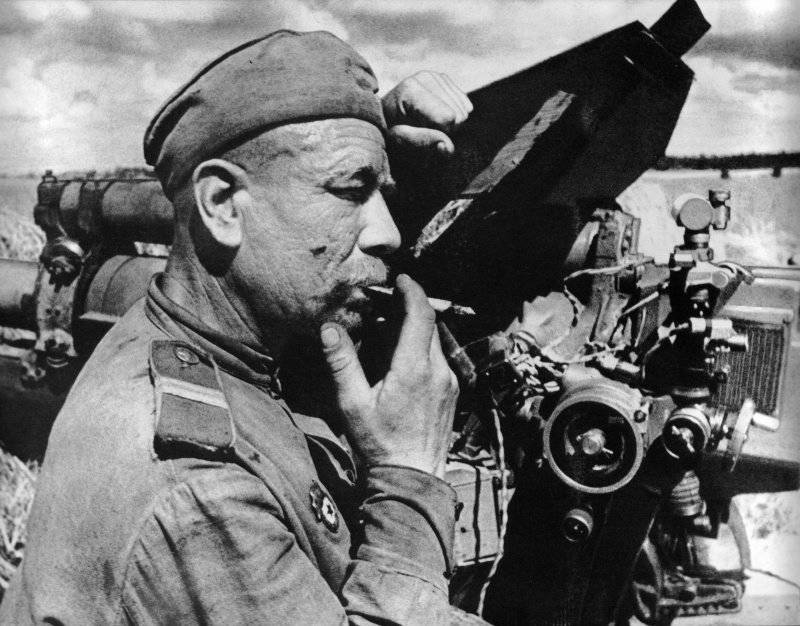
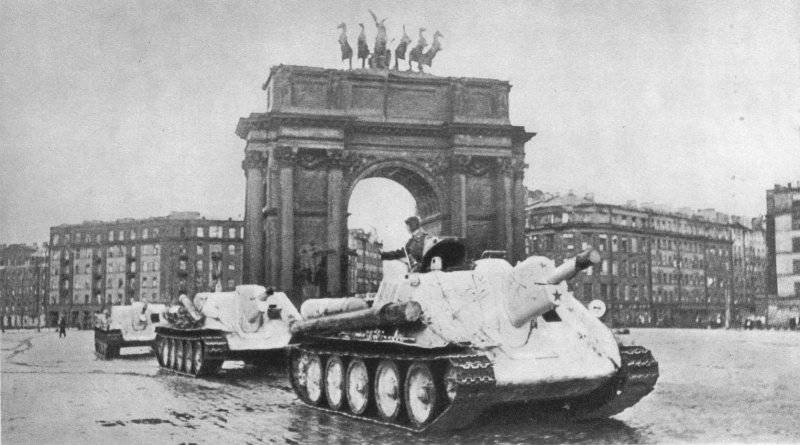
The M-30 howitzer at one time was the main armament of the SU-122 self-propelled guns, which was created on the basis of the T-34 chassis, but at present there are no more units left in any army. In China, this ACS is currently being manufactured: a howitzer Type 54-1 mounted on an BTR chassis Type 531.
The main type of M-30 ammunition is a highly effective fragmentation projectile weighing 21,76 a kilogram, having a range of up to 11,8 thousand m. millimeter armor, but such ammunition is now practically not used.
Until now, it is in service with the armies of many countries of the world, used in almost all significant wars and armed conflicts of the middle and late XX century.
Tactical and technical data122-millimeter howitzer M-30:
The first prototype - 1938 g .;
Beginning of serial production - 1939 g .;
The countries currently in service are the former member countries of the Warsaw Pact, the countries with which the Soviet Union provided military aid, China;
Calculation - 8 people;
The length in the stowed position - 5900 mm;
Width in the stowed position - 1975 mm;
Caliber - 121,92 mm;
The initial velocity of the projectile - 515 meters per second;
Projectile weight - 21,76 kg;
Mass full charge - 2,1 kg;
The maximum pressure of powder gases - 2350 kgf / cm;
Maximum firing range - 11800 m;
Barrel length (without gate) - 2800 mm (22,7 caliber);
The number of grooves - 36;
The length of the threaded part of the barrel - 2278 mm (18,3 gauges);
Cutting width - 7,6 mm;
Cutting depth - 1,01 mm;
The width of the rim fields - 3,04 mm;
The volume of the chamber when using long-range projectile - 3,77 dm3;
Chamber length - 392 mm (3,2 caliber);
Declination angle - -3 °;
Maximum elevation angle - 63 °;
Angle of horizontal fire - 49 °;
Vertical guidance speed (one turn of the flywheel) - approximately 1,1 °;
Horizontal guidance speed (one turn of the flywheel) - approximately 1.5 °;
The height of the line of fire - 1200 mm;
The maximum length of the rollback - 1100 mm;
The recoil length for firing a full charge - from 960 to 1005 mm;
Normal pressure in the tensioner - З8 kgf / cm2;
The amount of fluid in the nakatnik - from 7,1 to 7,2 l;
The volume of fluid in the brake rollback - 10 l;
The height of the gun (elevation angle 0 °) - 1820 mm;
Stroke width - 1600 mm;
Clearance - 330-357 mm;
Wheel diameter - 1205 mm;
Barrel weight with bolt - 725 kg;
Pipe weight - 322 kg;
Casing weight - 203 kg;
Breech weight - 161 kg;
Shutter weight - 33 kg;
Weight of sliding parts - 800 kg;
The weight of the cradle is 135 kg;
The weight of the swinging part - 1000 kg;
The weight of the carriage is 1675 kg;
The weight of the upper machine - 132 kg;
Wheel weight with hub - 179 kg;
Weight of the lower machine - 147 kg;
The weight of the bed (two) - 395 kg;
Weight in the fighting position - 2450 kg;
Weight without chuck in the stowed position - 2500 kg;
Weight ski set LO-4 - 237 kg;
Transfer time between marching and martial law - 1-1,5 min;
Rate of fire - up to 6 shots per minute;
Maximum speed on good roads - 50 km / h;
The pressure of the trunk on the coupling hook - 240 kgf.
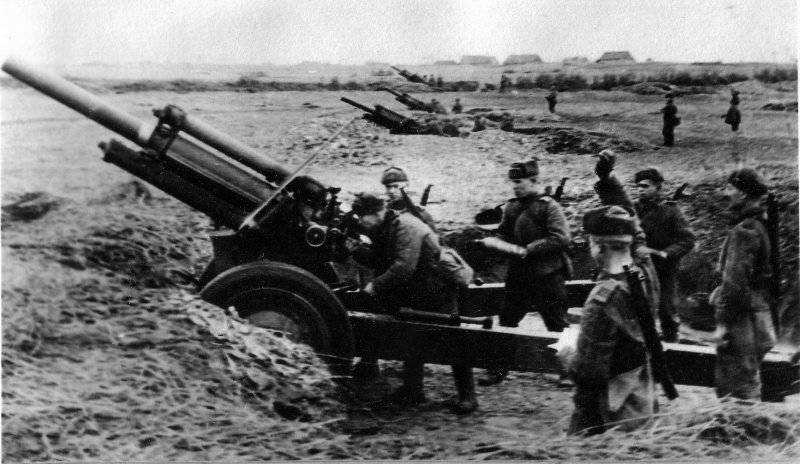
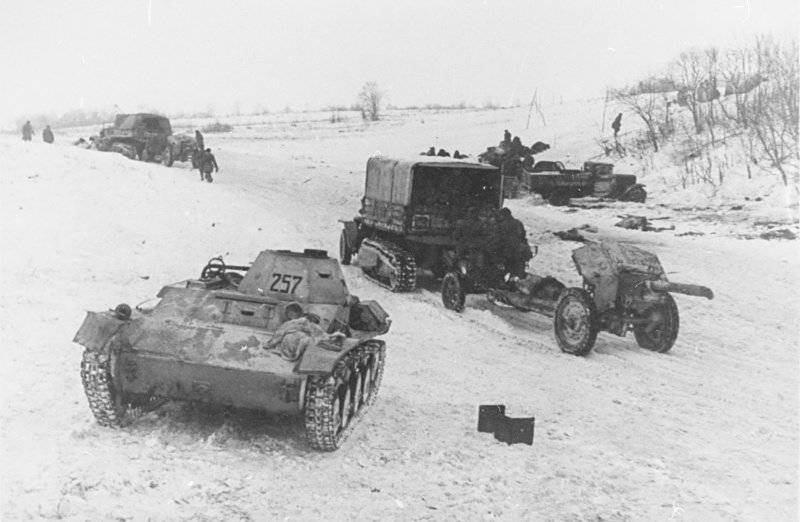
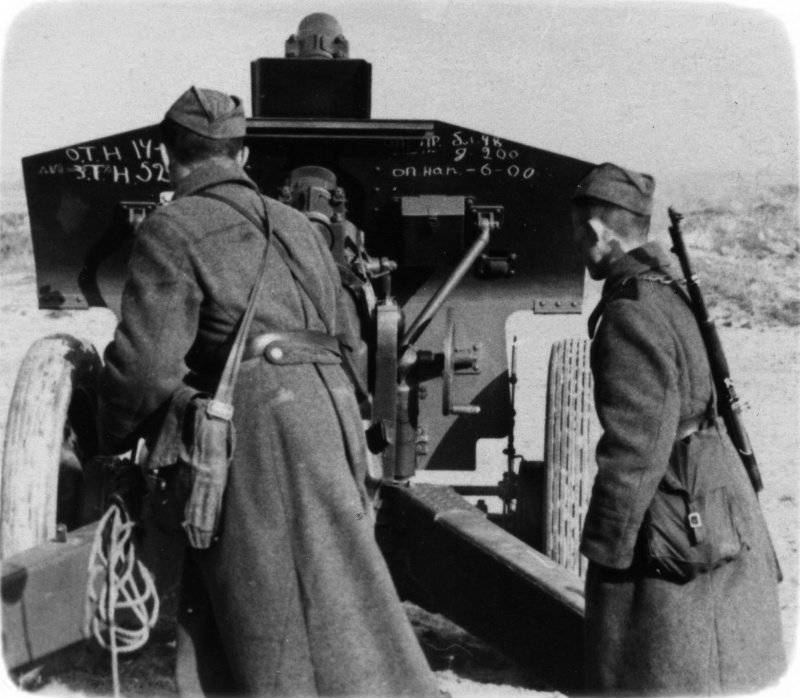
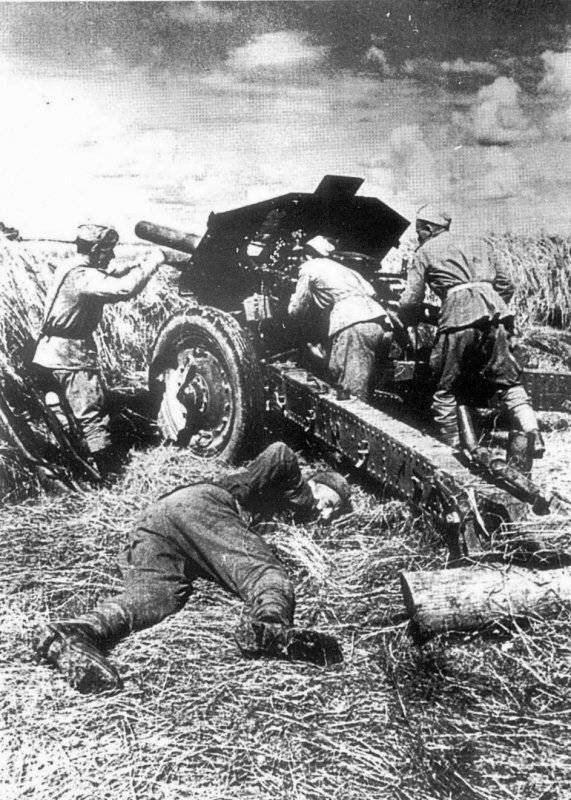
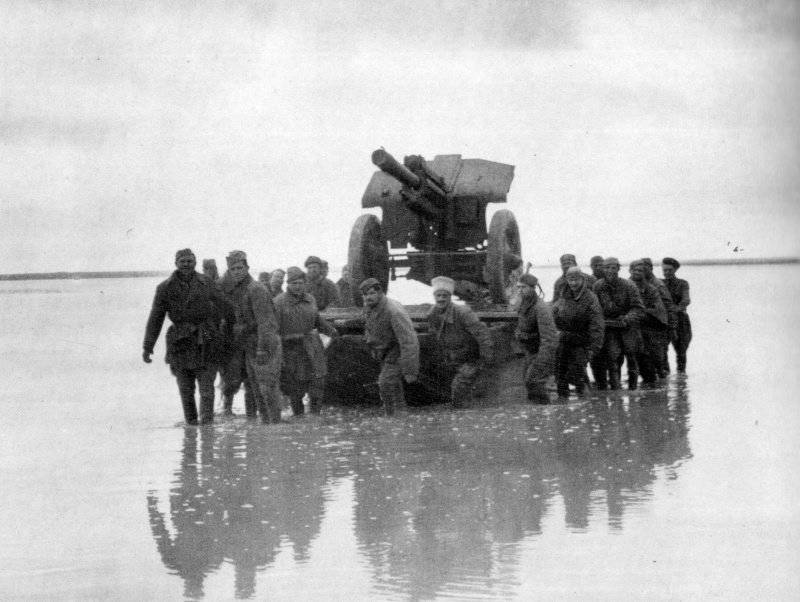
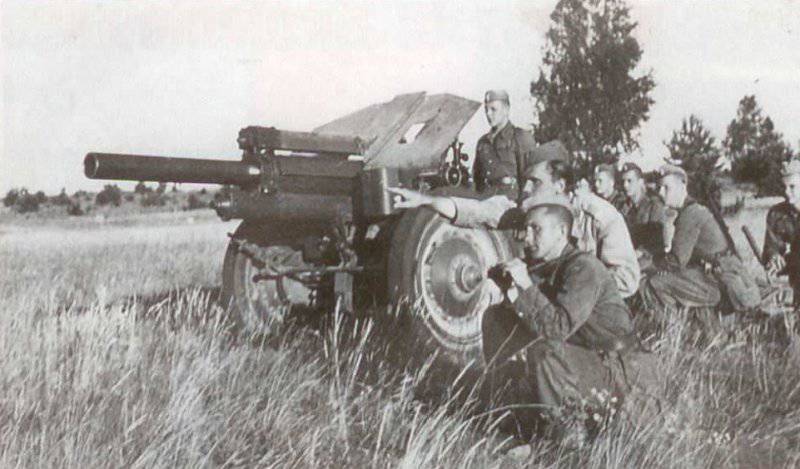
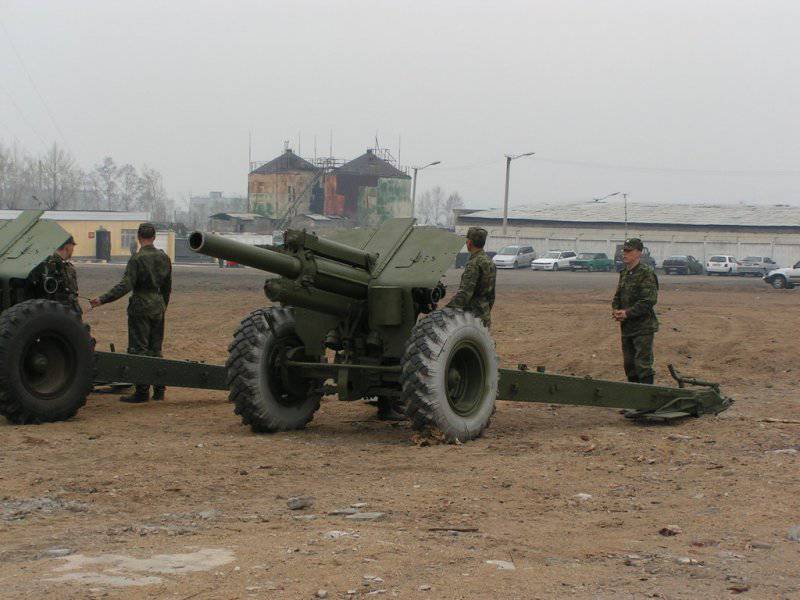
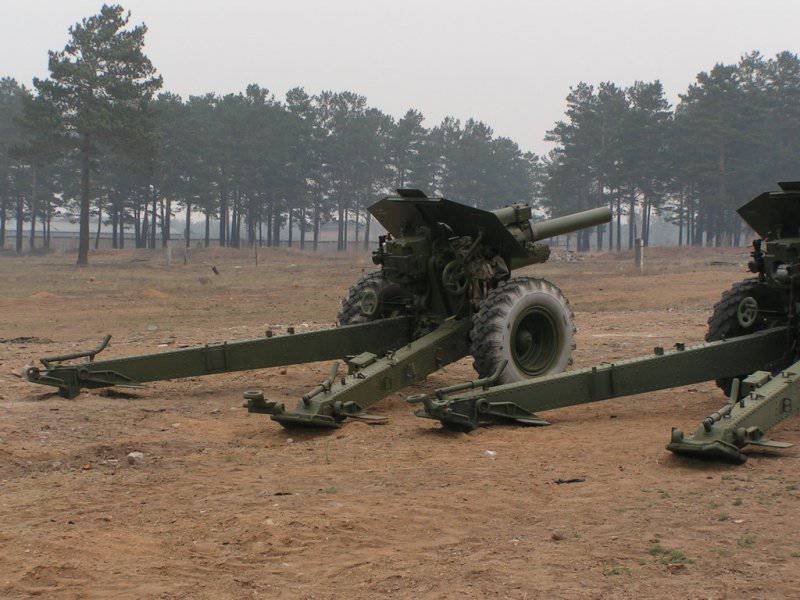
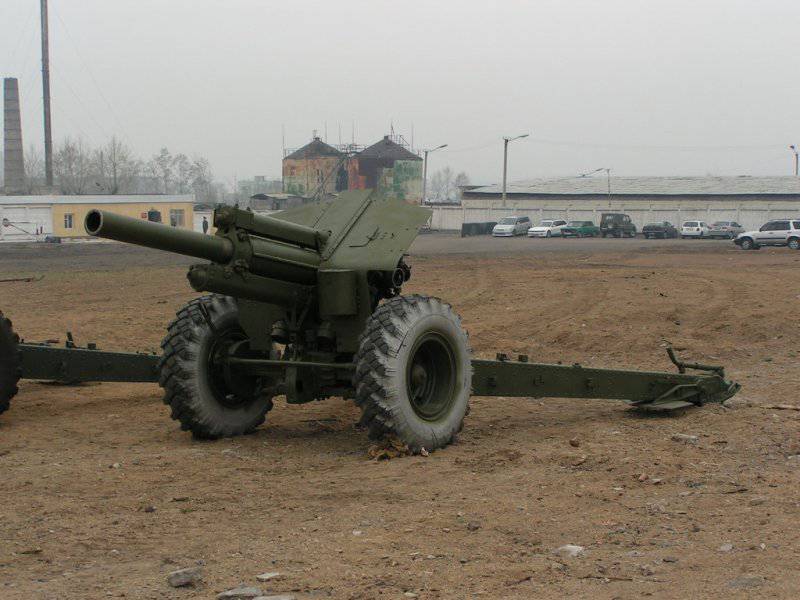
Information